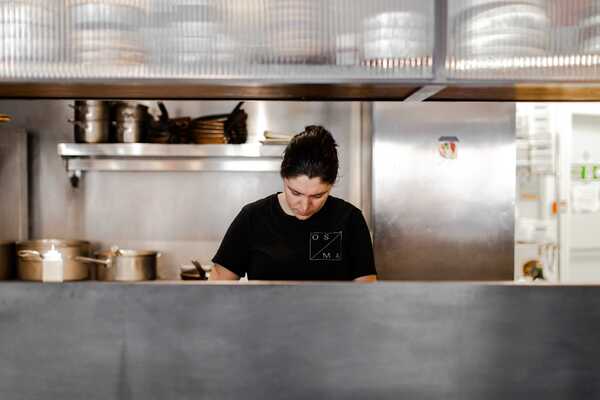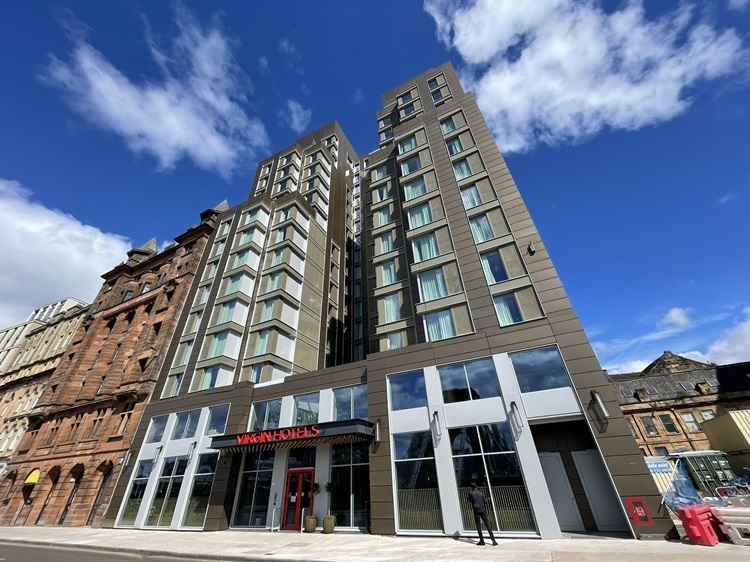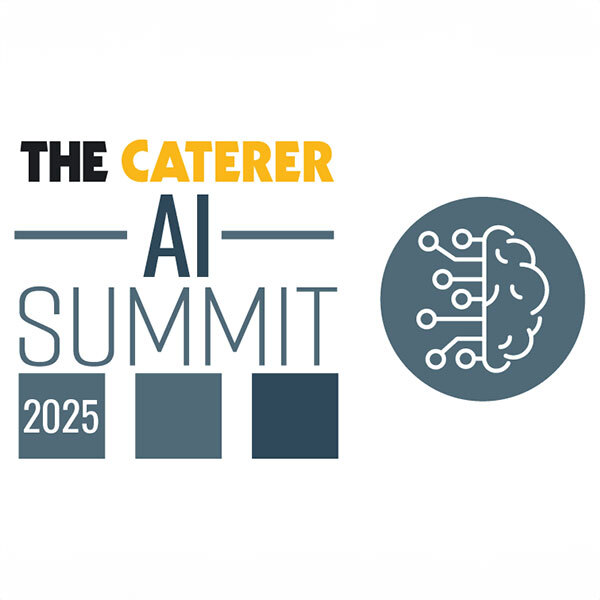6 labour forecasting challenges in hospitality and restaurant staffing
Deputy lays out the challenges with labour forecasting in the hospitality industry.
The world of hospitality is fast-paced, keeping workforce demands in constant flux. Labour forecasting looks ahead at hotel, hospitality, and restaurant staffing needs, but the industry’s unpredictable nature introduces countless variables that can throw projections off.
Overcoming these challenges with informed labour forecasting models is the only way to control wage costs and consistently deliver excellent customer experiences.
Read on to learn more about these key factors to optimise hospitality staff coverage.
6 factors that disrupt labour forecasting in the restaurant and hospitality industries
The hospitality and food service industries experience unique labour forecasting challenges: One minute, there’s high customer traffic, while the next, it’s a ghost town. A large party books and then cancels. An employee calls in sick for their shift. These changes, big and small, are hard to predict, but with a proper labour forecasting model, your business can persist through the ups and downs.
We address forecasting challenges in different shift-based sectors here. The six key factors below play a specific role in labour forecasting for hospitality and restaurant staffing.
1. Anticipated customer demand
Many companies in the service industry are small businesses. About 90% of restaurants in the United States have fewer than 50 employees on their payroll, underscoring the need for balanced staffing to meet customer needs efficiently.
Foot traffic and sales forecasts drive staffing levels, but customer demand is unpredictable in the hospitality industry. Unexpected tour groups or weather conditions impact guest volume. These unanticipated fluctuations lead to over- or understaffing issues that affect your staff and your guests’ experience.
Improve customer demand forecasts
-
Monitor point-of-sale data and reservation logs: You can use historical data to identify spikes, lulls, and average patterns in sales and foot traffic.
-
Collaborate for greater insight: Start conversations between operations, location managers, and frontline staff to create better forecasting strategies based on different perspectives.
-
Use analytics tools to make the most of your data: Input relevant data into the right forecasting tools to take advantage of finely tuned algorithms to make better, data-driven predictions.
2. Seasonality and special events
Some fluctuations can be easier to predict. During peak periods, there is a guaranteed need for higher staffing levels.
Peak times, like holidays, special events, and tourist seasons, are the bread and butter of hospitality businesses. Slower periods, such as off-seasons and times when school is in session, create a significant contrast in overall staffing requirements compared to other times of the year.
Prepare for seasonal and special event surges
-
Analyse weather and seasonal trends: Note how these factors affect customer behavior and prep contingency plans for times of unexpected demand.
-
Pay attention to special circumstances: Stay up to date on local events and special events that would boost foot traffic volumes.
-
Equip your staff with tools and training: Cross-train employees to help them adapt to changing demands, and make sure they have what they need to succeed.
3. Employee skills and roles
Different roles require specific skills and scheduling ratios. With restaurant staffing, for example, servers and hosts may be easier to hire than chefs. Accurate forecasting must consider specialised skills and training requirements to keep up with staffing needs.
Account for employee skills and roles
Accurate restaurant or hotel forecasting models need to keep in mind:
-
The ideal ratio between front- and back-of-house staff at any time
-
Specific roles that require cross-training or additional skill sets
-
Adequate leadership coverage with enough managers and supervisors for each shift
-
Plans for backfilling crucial roles when key personnel are absent
Advanced forecasting models can help you identify customer surges, but they also factor in potential staffing risks or losses. Considering that 27% of restaurant and food service employees in the US are students, these models can take into account events like upcoming graduations when you may lose critical workers.
4. Availability and shift preferences
A 2024 survey found that just 57% of service workers were happy in their jobs. After wages, respondents cited flexibility as the second most important factor in their job satisfaction.
Many hospitality businesses run every day of the year. Even with this notoriously rigid scheduling environment, determining when and how often staff can work makes your workforce happier and more stable.
Consider staff availability and preferences
It’s not always possible to make scheduling accommodations, but building some flexibility into your labour forecasting allows both you and your staff to find balance. To achieve that balance:
-
Ask staff about their availability and preferences when they’re hired.
-
Use systems and software to factor this information into your forecasts.
-
Find a scheduling system that benefits both employees and overall business operations.
-
Keep monitoring patterns and preferences over time and make adjustments as needed.
5. Labour laws and compliance
Hospitality jobs can be incredibly difficult. Regular breaks and predictive scheduling are not only important for employee satisfaction; labour laws and regulations apply as well. Failure to comply can result in significant repercussions.
Comply with laws and regulations
Proper hospitality and restaurant forecasting can help prevent businesses from inadvertently scheduling staff in ways that lead to non-compliance with labour laws. To make it easier to manage compliance, utilise resources such as:
-
Government websites and legal advisories for your jurisdiction
-
Proper job classifications and benefit packages for employees
-
Accessible, well-planned schedules set as far in advance as possible
-
Timers and concretely scheduled break times for employees
-
Labour forecasting and employee scheduling software with smart alerts and guardrails that help reduce compliance risks
6. Labour expenses and business goals
To maintain profitability, it’s important to make investments that stay within your budget while balancing staffing needs. It’s equally important to invest in employee satisfaction and customer experiences.
Focus on labour investments that achieve your goals
Employee scheduling and wages are directly tied to your bottom line in multiple ways. View these factors as investments in business performance.
Happier staff deliver better experiences — which pays dividends for your business. Researchers found that Taco Bell stores with low turnover rates experienced double sales and 55% higher profits compared to stores with high turnover.
Improve business performance by:
-
Considering different variables: Remember, many things impact profitability. Prioritise the well-being of your employees and customers when making financial decisions.
-
Investing in your employees: When employees are paid better, they are more motivated to provide better service. Implement concrete tip strategies and consider higher wages.
-
Leaning on forecasting tools: Forecasting helps allocate resources, ensuring a balance between wages and operational expenses by tracking key performance indicators (KPIs) like sales per labour hour.
Simplify labour forecasting for your hospitality or restaurant staffing
Accurate labour forecasting is integral to a company’s profitability. Concerned with potential losses, businesses might make rash staffing decisions in times of pressure, like over- or under-scheduling their teams. These decisions can make or break the level of customer service provided at any given time.
Staff management is a proactive process that accounts for frequently changing variables. This is where an automated labour forecasting solution can help.
Whether you’d like support in optimising schedules or hitting service benchmarks, our labour forecasting tools can help simplify staffing decisions to maintain customer satisfaction and control labour costs. Let Deputy improve your restaurant, hotel, or hospitality operations today.
Deputy is a global leader in workforce management, streamlining scheduling, timesheets, communication, reporting, hiring, and onboarding for 1.4 million hourly workers and 355,000 workplaces. Customers include Honest Burgers, IHG, CitizenM, StayCity and Blank Street Coffee in the UK.



















